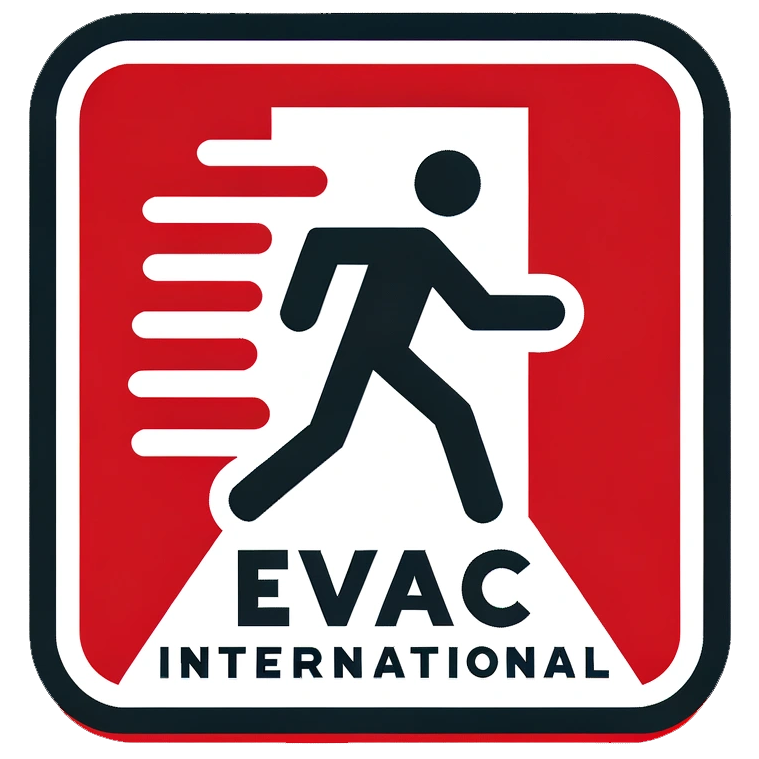In the field of fire safety and evacuation, it is crucial for companies and public buildings to prioritize the safety of their occupants in the event of an emergency. One important tool that can greatly aid in the safe and timely evacuation of individuals with mobility challenges is the evacuation chair. This article will explore the importance of evacuation chairs and why they are essential for protecting the public in emergency situations.
First and foremost, it is important to understand the significance of accessibility and inclusivity in emergency preparedness. In many countries, laws and regulations require buildings to be accessible to individuals with disabilities. This includes not only providing accommodations for daily activities but also ensuring that these individuals can safely evacuate during emergencies. As a fire safety and evacuation expert, I have seen firsthand the challenges faced by individuals with mobility impairments when attempting to evacuate a building under emergency conditions. Without the proper equipment and infrastructure in place, these individuals are at a significantly higher risk during evacuations.
Evacuation chairs are specifically designed to assist individuals with mobility challenges during emergency evacuations. These chairs are lightweight, easily maneuverable, and can be deployed quickly to transport individuals down staircases in a safe and controlled manner. In buildings where elevators are not an option during evacuations, such as in the event of a fire, an evacuation chair provides a critical means of escape for those who may have difficulty navigating stairs on their own.
One of the key benefits of evacuation chairs is their versatility. They can be used in a wide range of building types, from offices and hotels to shopping malls and healthcare facilities. This means that regardless of the setting, individuals with mobility challenges can have confidence in their ability to safely evacuate in the event of an emergency. Additionally, evacuation chairs are designed to be operated by trained personnel, ensuring that the process of safely evacuating individuals with disabilities is efficient and effective.
It is also important to emphasize the value of proactive measures when it comes to fire safety and evacuation. While it is essential to have evacuation plans in place, it is equally crucial to have the necessary equipment readily available to support these plans. This includes having an adequate number of evacuation chairs strategically located throughout a building, ensuring that individuals with mobility challenges have access to them when needed.
In addition to the safety benefits for individuals with disabilities, evacuation chairs also contribute to the overall efficiency of emergency evacuations. By providing a means of safely transporting individuals with mobility impairments, the use of evacuation chairs can help prevent bottlenecks and delays in the evacuation process. This is especially critical in larger buildings where the timely evacuation of all occupants is paramount to ensuring their safety.
From a legal and regulatory standpoint, the importance of evacuation chairs cannot be understated. Many countries have specific requirements for the accessibility and safety of buildings, including provisions for the safe evacuation of individuals with disabilities. Failure to comply with these regulations can result in significant consequences for building owners and managers. By investing in evacuation chairs and ensuring that individuals with mobility challenges are adequately supported during emergency evacuations, companies and public buildings can demonstrate their commitment to compliance with these important requirements.
Ultimately, the use of evacuation chairs is an essential component of comprehensive emergency preparedness. These devices provide a vital lifeline for individuals with mobility challenges, ensuring that they have equal access to safety and protection in the event of an emergency. As a fire safety and evacuation expert, I strongly believe that companies and public buildings must prioritize the implementation of evacuation chairs to safeguard the public and uphold the principles of inclusivity and accessibility. By doing so, they can not only meet legal and regulatory requirements, but also demonstrate their dedication to the well-being of all occupants, regardless of their mobility abilities.

